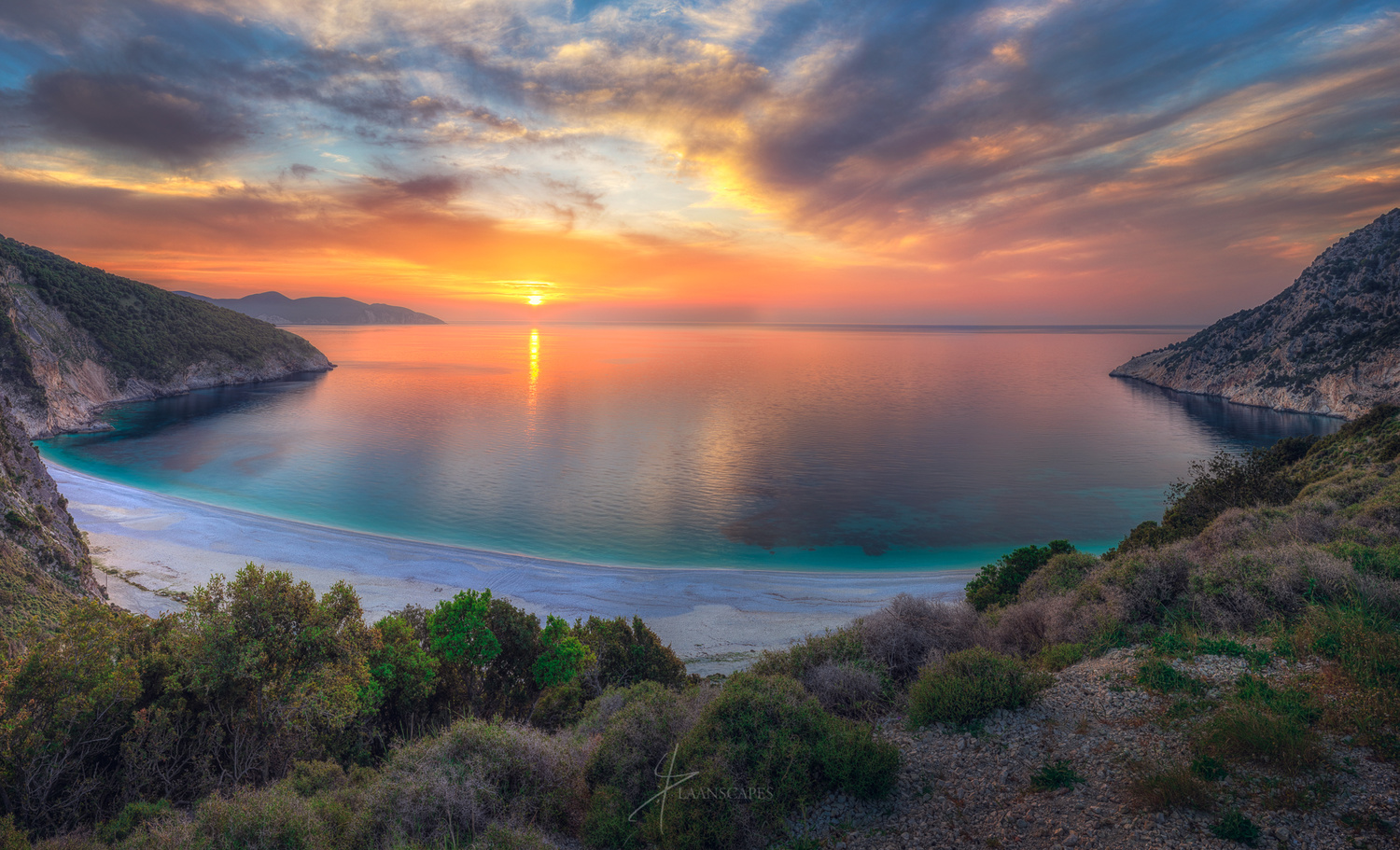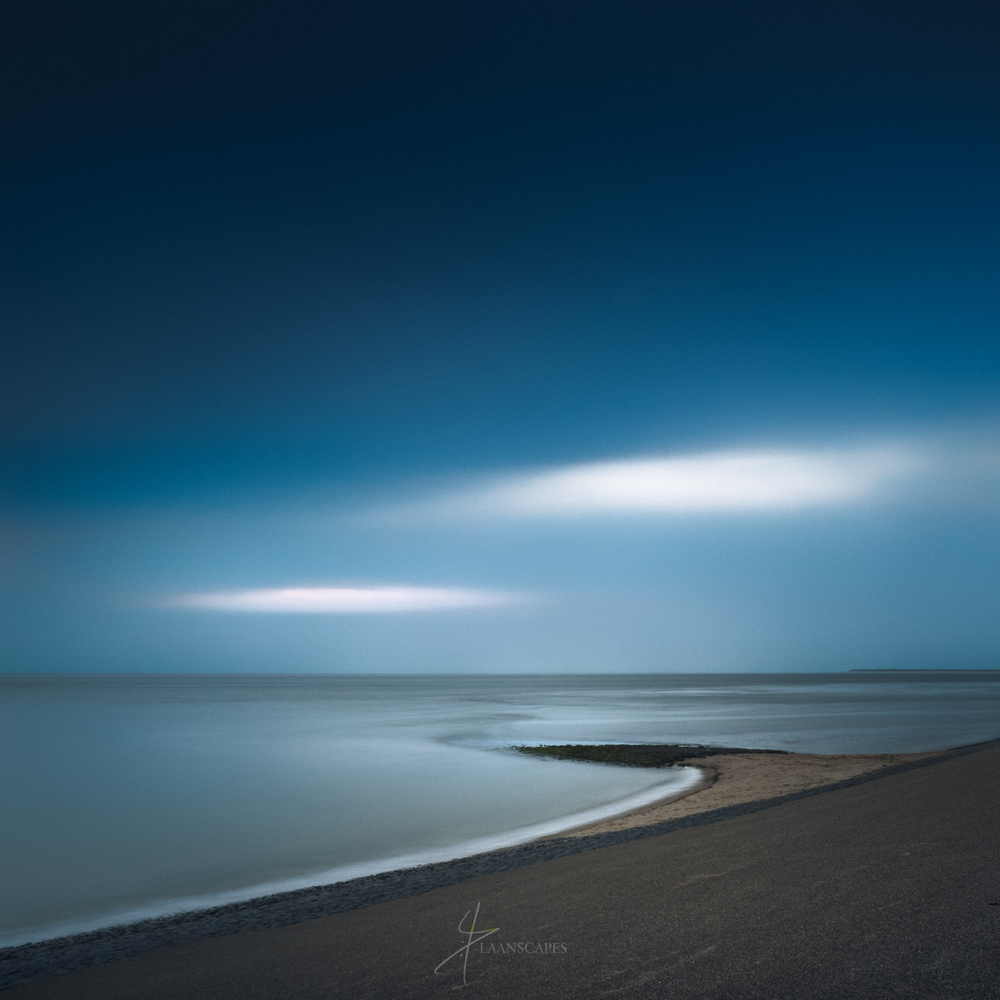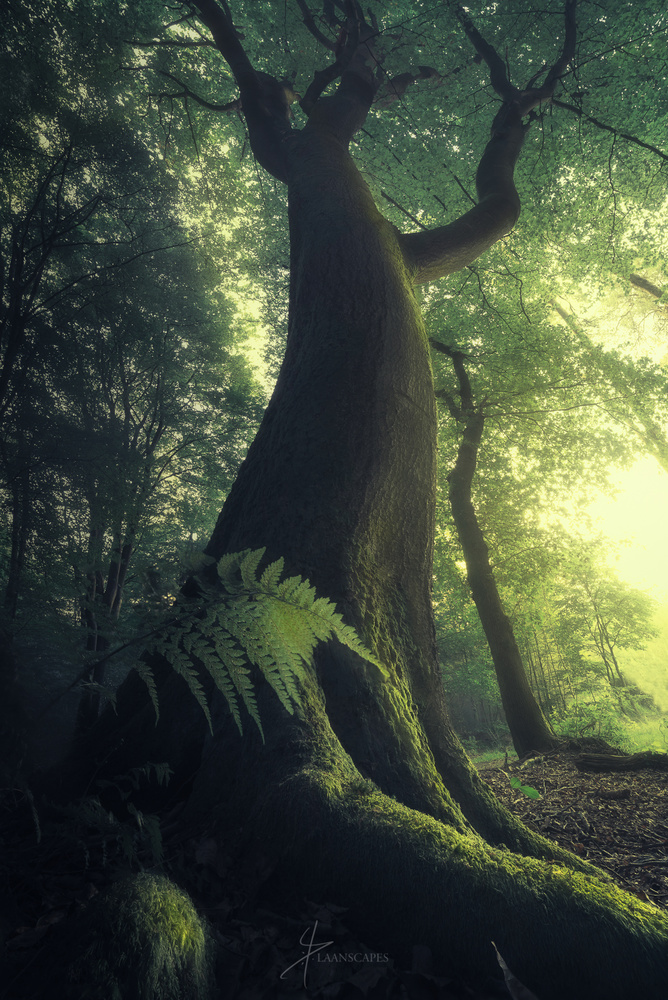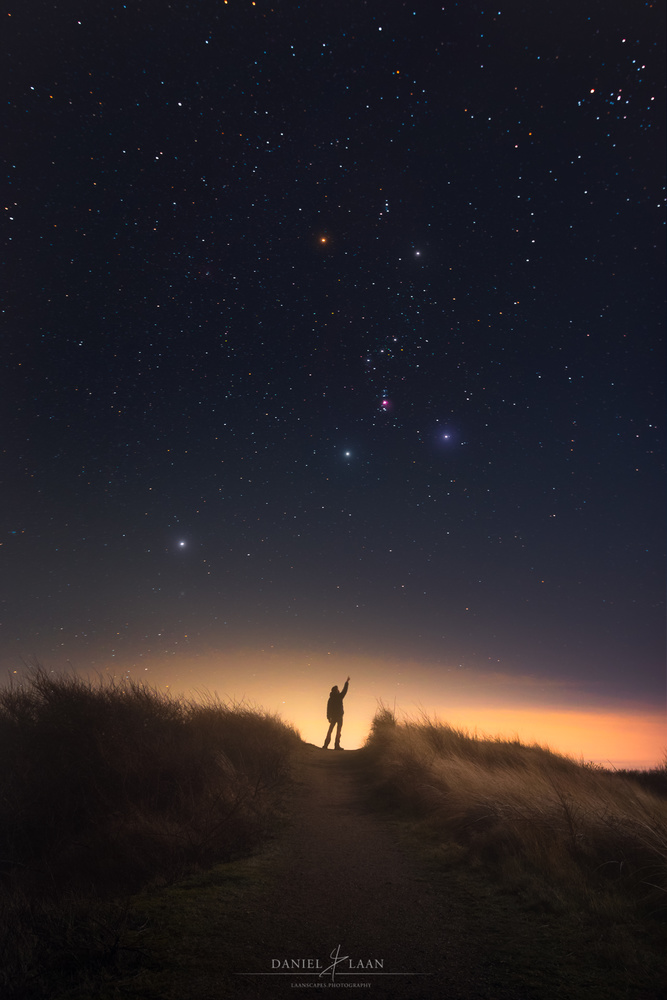By its (fabricated) definition, “Great Light” is soft, of an orange tinge, preferably at an oblique vertical angle and coming from a direction that shapes the subject enough without causing harsh shadows. So we’re essentially talking about sunsets and sunrises. But must we only whip out the camera at golden hour? Or are there more photographic opportunities to be had?
At the moment, the popularity of the sunset in landscape photography is at an all-time high. My feeds on Facebook, Instagram, and 500px are full of orange clouds or blinding sun stars. I'm sure that many professional photographers around the world are catering towards the viewers, the workshoppers, and other potentially paying customers. Where there are dollar signs, we soon forget that photographers help to shape taste, create future styles, and develop a general sense of what's beautiful. And we are currently saturating the market with "Great Light."

The Failed Shoot
“How to save a failed shoot with Photoshop.” That’s the title one reader suggested for a tutorial on post-processing for a Tolkien-esque look. Upon returning from the Alps in last year’s spring, I was very happy with the results of one or two particular days of shooting in the mountains. The conditions were just perfect: Dark, dreary, and moody. Now that might not be everyone’s idea of a fun walk outdoors, and I respect that. A handful of shares on the great interwebs gathered mostly positive reviews, but the comment that made me think about light was more eye-opening than any “like.” There’s this saying that, as photographers, we should be very patient people. Not waiting for the subject to make an appearance as with wildlife photography, but waiting for the light to be good enough to even consider going out to prepare to press the button.
 I would never proclaim to be an expert photographer, nor an expert on photography. To be an expert is saying that there’s nothing left to learn and I am never done learning. It’s just too damn fun to learn new stuff about photography.
I would never proclaim to be an expert photographer, nor an expert on photography. To be an expert is saying that there’s nothing left to learn and I am never done learning. It’s just too damn fun to learn new stuff about photography.
Learning Photography
One of the first things that I’ve picked up while reading an article about being a better photographer was this: “Only take pictures when the light is good.” I don’t know what bothers me more. Either that sentence has been copied hundreds of times by other authors writing about developing photography skills, or it really is the best advice anyone could give about light. Personally, I would omit that advice altogether, or have the definition of that sentence altered. What is good light anyway? Is it really just a window of two hours each day that’s good enough for taking pictures? If that’s the case, then why do we enjoy sunsets and sunrises so much?
John Suler writes about the effects of golden hour on the psyche:
Together, sunrise and sunset remind us of the cycles in nature, including human nature and the lives we play out. The repetition of day and night, one after the other, symbolizes transition, change, the eternal recurrence of death and rebirth, and the mysterious transcendent force behind it.
Can we really make out that transition by looking at a still image? If so, isn’t any moment during a 24-hour recurring period a moment of transition from one phase to the next? Let’s look at the alternatives.
A Case for Light
If we can just gather enough courage to set the alarm an hour early, we could be in time for a tinge of light that even saves you couple of hundred bucks. At dusk, which is also called blue hour, neutral density filters are overrated pieces of glass. Time it right, and your shutter speed may well extend past the 30 second mark, making water appear flat as a mirror (or misty, depending on the weather). The soft, moody quality of blue hour light is particularly captivating when there are points of attention in your images. The moon, stars, distant city lights, or a ship at sea all work well in this regard. And it’s quite easy to obtain the coveted complementary color contrast, which is the gateway drug to color theory.
 And if the weather is dreary, you should stick around after sunrise: A thick, overcast sky is all you need for amazing intimate landscape photography, because it lights these subjects evenly. Flat light like this also works wonders in the forest, when the absence of hard shadows lets you see past the trees. When combined with a good amount of mist, pictures can get an entirely surreal quality to them; particularly when you’re creative with handling the white balance.
And if the weather is dreary, you should stick around after sunrise: A thick, overcast sky is all you need for amazing intimate landscape photography, because it lights these subjects evenly. Flat light like this also works wonders in the forest, when the absence of hard shadows lets you see past the trees. When combined with a good amount of mist, pictures can get an entirely surreal quality to them; particularly when you’re creative with handling the white balance.
 With technology expanding our creative possibilities at an exponential rate, night photography becomes more available to us than ever before. Noise is less of an issue than only a couple of years ago, and creative minds all over the globe are finding more ways to get the most out of night images. And don’t think that you would have to visit dark locations to get the most out of your night photography. Light pollution can in fact add an element to your images that you won’t see in Dark Sky parks: The illusion of the setting sun with stars overhead. Night photography has me longing to visit far-away places too. With the night sky looking genuinely different on the other side of the world; it’s like taking pictures on another planet.
With technology expanding our creative possibilities at an exponential rate, night photography becomes more available to us than ever before. Noise is less of an issue than only a couple of years ago, and creative minds all over the globe are finding more ways to get the most out of night images. And don’t think that you would have to visit dark locations to get the most out of your night photography. Light pollution can in fact add an element to your images that you won’t see in Dark Sky parks: The illusion of the setting sun with stars overhead. Night photography has me longing to visit far-away places too. With the night sky looking genuinely different on the other side of the world; it’s like taking pictures on another planet.
 But what’s wrong with good old fashioned midday light? Again, with technology catching up to both our eyes and imagination, it isn’t that difficult to correctly expose the sky and foreground and create an image with impact without blown-out skies. Although it can be said that landscapes with blown highlights are very popular on Instagram…
But what’s wrong with good old fashioned midday light? Again, with technology catching up to both our eyes and imagination, it isn’t that difficult to correctly expose the sky and foreground and create an image with impact without blown-out skies. Although it can be said that landscapes with blown highlights are very popular on Instagram…
The Other 22 Hours
My point is, that every subject is at the mercy of its perfect light, no matter the hour. Golden hour is often our go-to time to get cracking in the field of landscape photography for a variety of reasons, but I think it’s time to be more experimental with the other 22 hours of the day to find that perfect light for any given subject.
 From the outset of this essay it should have become clear that I’m eager to see more varied landscapes coming from the community. Personally, I find it quite difficult to get out of bed early in the morning, with the rain washing against the window. But you might as well stay out longer after dark, or take the camera for a spin in the daytime for the same varied amount of photographic opportunities.
From the outset of this essay it should have become clear that I’m eager to see more varied landscapes coming from the community. Personally, I find it quite difficult to get out of bed early in the morning, with the rain washing against the window. But you might as well stay out longer after dark, or take the camera for a spin in the daytime for the same varied amount of photographic opportunities.







Right on! The world is an interesting place 24 hours a day!
Haha. Thanks!
Excellent points. "Great Light" is relative to the subject and mood you're trying to create.
Cheer Patrick. :) I agree!
I feel that this article makes a good point out of a questionable definition of "great light". I am no photographer but if asked to define "great light" I'd probably come up with something like "whatever light is the most appropriate for your subject+idea", which is basically what the article says.
As a matter of fact you can go out and get a crappy sunset shot ruined by clouds, while those same clouds could have created a gorgeous mood a few hours earlier.
I took this photo around noon (the exif data says 1:50pm and I was 2 hours west of my time zone), I honestly am not sure I could have gotten a similar results had I been there at sunset
https://fstoppers.com/photo/162284
The light would have been obstructed and created shadows that this scene can much better do without. I recon the light is scene befitting. Thanks a bunch! Appreciate it.
"Great Light" < "Appropriate Light" ... Light, Camera, Lens, Bags, Filters, tripods... All tools. Need the appropriate tool for your style/vision.
Very true. Although; "The more you know, the less you need". ;)
Very nice writing Daniel.
I dig your style, and to my eyes you are kind of an expert, although I totally agree with you, we've got lots of more knowledge to suck in and lots of new things and methods to "create" :)
Thank you for the kind words, Bill. Glad you enjoyed the article. :)
Interesting article, but one that reminds me that from my own point of view, there is no such thing as great or perfect light. Light illustrates; the photographer chooses the illustration to capture. The resulting photograph will reflect that choice, and it may or may not fit into current fashions or looks, but ultimately all it has to be is artistically valid. In other words, meaningful to the creator and perhaps to others too. Of course, this is a luxurious viewpoint that I, as an amateur, can allow myself. A professional is more likely to be more constrained, but that goes with any service that generates an income.
I like that notion: "Meaningful to the creator and perhaps to others too". Professionals have to be vigilant when it comes to any constrains to artful creation. That process should be intrinsic. The moment it becomes extrinsic (so within the realm of economic viability or otherwise catering to clients in a way that's not harmonious with your intention), it's easy for photography to lose its meaning to the creator.
Thank you kindly, Richard.
Good light exists 24 hours a day, every day, all year, every year . . . to get the best, you just need to know what you are doing . . .
Except perhaps in a blizzard at midnight on a moonless night at Antarctica in winter...
Challenge accepted.
I'll race ya! :-)